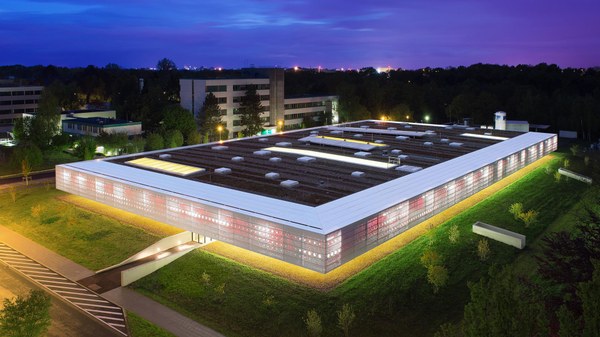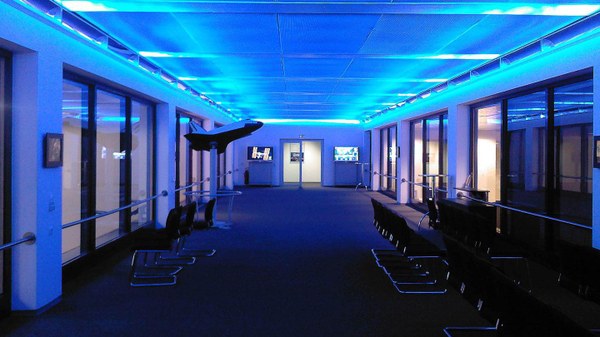Satellite mission Eu:CROPIS
Mission | |
|---|---|
Launch date | 3 December 2018 at 19:34 CET (10:34 PST) |
Launch site | Vandenberg Air Force Base in California, USA |
Launcher | Falcon 9 from the US aerospace company SpaceX |
Mission duration | 62 weeks |
Mission Control Centre | German Space Operations Center (GSOC) in Oberpfaffenhofen, Germany |
Timeline | |
|---|---|
Week 1 and 2 | Commissioning phase, the function of the satellite is tested, the satellite is commissioned by GSOC. |
Week 3 and 4 | The Euglena continue to multiply and produce oxygen. |
Week 5 and 6 | 0.1g gravitation, Euglena is still active. |
Week 7 and 30 | Experiment starts in the first greenhouse, rotation creates Lunar gravity conditions (0.16 g). The 'lunar' greenhouse is watered, the biofilter is activated. |
Week 31 and 35 | Rotation is stopped. |
Week 36 and 62 | Second experiment phase. |
Experiments | |
|---|---|
Biofilter C.R.O.P.® | Testing the long-term stability of a biological life support system – converting urine into nutrients for plants even under lunar and Martian gravity conditions.
PI: Jens Hauslage, DLR Institute of Aerospace Medicine |
Euglena gracilis | Unicellular algae support the biofilter in its work. If the ammonia concentration is too high, they can break it down and 'detoxify' the system. At the same time, they initially supply the tomato plants with oxygen.
PI: PD Michael Lebert, Chair of Cell Biology, Friedrich-Alexander University Nuremberg-Erlangen |
RAMIS (Radiation Measurement in Space) | The two radiation measuring devices on RAMIS (Radiation Measurement in Space) measure the radiation exposure inside and outside during the mission. PI: Thomas Berger, DLR Institute of Aerospace Medicine |
Power Cell in Space | Experiment on the production of useful biological substances by bacteria in space. It is independent of the main experiment and is located on the outside of the Meteoroid Debris Protection Shield.
PI: Lynn Rothschild, NASA AMES |
SCORE (SCalable On-BoaRd Computing Experiment) |
Technology demonstration – The on-board computer takes over image processing for the outboard cameras, which are located under the solar panels. This is used to check whether the panels fold out as intended.
DLR Institute of Space Systems |
Satellite | |
|---|---|
Class | DLR compact satellite |
Mass | 230 kilogrammes |
Dimensions | 1.1 metre in height 1.0 metre in diameter |
Power | 4 solar panels, 1 square metre each |







